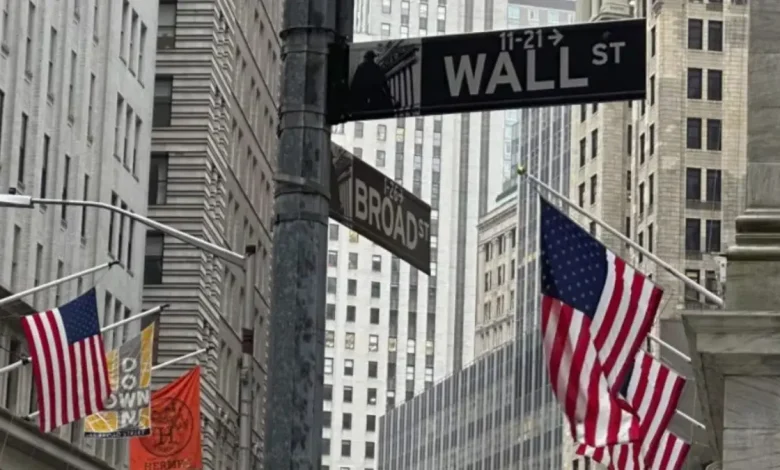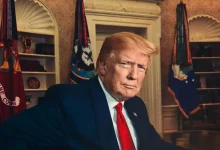Tariff War : Wall Street Crashes After Trump Announces 100% Tariffs On China, What’s Next

New York : US President Donald Trump on Friday reignited his trade war with China, announcing an additional 100 per cent tariff on Chinese imports, escalating tensions between the world’s two largest economies. Donald Trump said the new tariffs, along with US export controls on “any and all critical software”, will take effect from November 1.
The announcement rattled global markets, with the Nasdaq falling 3.6 per cent and the S&P 500 dropping 2.7 per cent, marking Wall Street’s worst single-day fall since April. Currently, Chinese goods face US tariffs of 30 per cent, which were imposed earlier under Trump’s first term. China retaliates with 10 per cent duties on American products. Trump’s latest move comes after China tightened export controls on rare earth elements, vital to industries from renewable energy to defence, by requiring special permits for their export and restricting shipments of technologies used in mining and refining.
The restrictions deepen the supply chain crisis for the US and its allies. The data from the Centre for Strategic and International Studies shows China currently controls nearly 70 per cent of global rare earth mining and over 90 per cent of magnet production. I was to meet President Xi in two weeks, at APEC in South Korea, but now there seems to be no reason to do so, Trump said in his post. I haven’t cancelled,” Trump later told reporters at the White House. “I would assume we might have it.” Beijing has never confirmed the meeting.
Beijing has not yet issued an official response, though Chinese analysts have described the move as “a disproportionate reaction” to Beijing’s recent export measures. Economists and trade analysts warned that Trump’s sudden escalation risks disrupting global supply chains. Craig Singleton, senior director at the Foundation for Defense of Democracies, told news agency AP that the move could “mark the beginning of the end of the tariff truce”.
With the global economy already battling inflationary pressures and geopolitical instability, another round of US-China trade conflict could send commodity prices surging and renew uncertainty across Asian markets, including India, which imports critical electronics components and raw materials from both nations. What they are? A group of 17 metallic elements is crucial for making smartphones, EVs, wind turbines, and missiles.
Who controls them? China dominates the sector, producing 70% of global output and refining over 90% of rare earth magnets. Why do they matter? These elements power key green and defence technologies, making them a strategic asset in modern geopolitics.
Read Also : Philippines Rocked by Second Strong Earthquake Hours After Deadly 7.4 Magnitude Tremor




